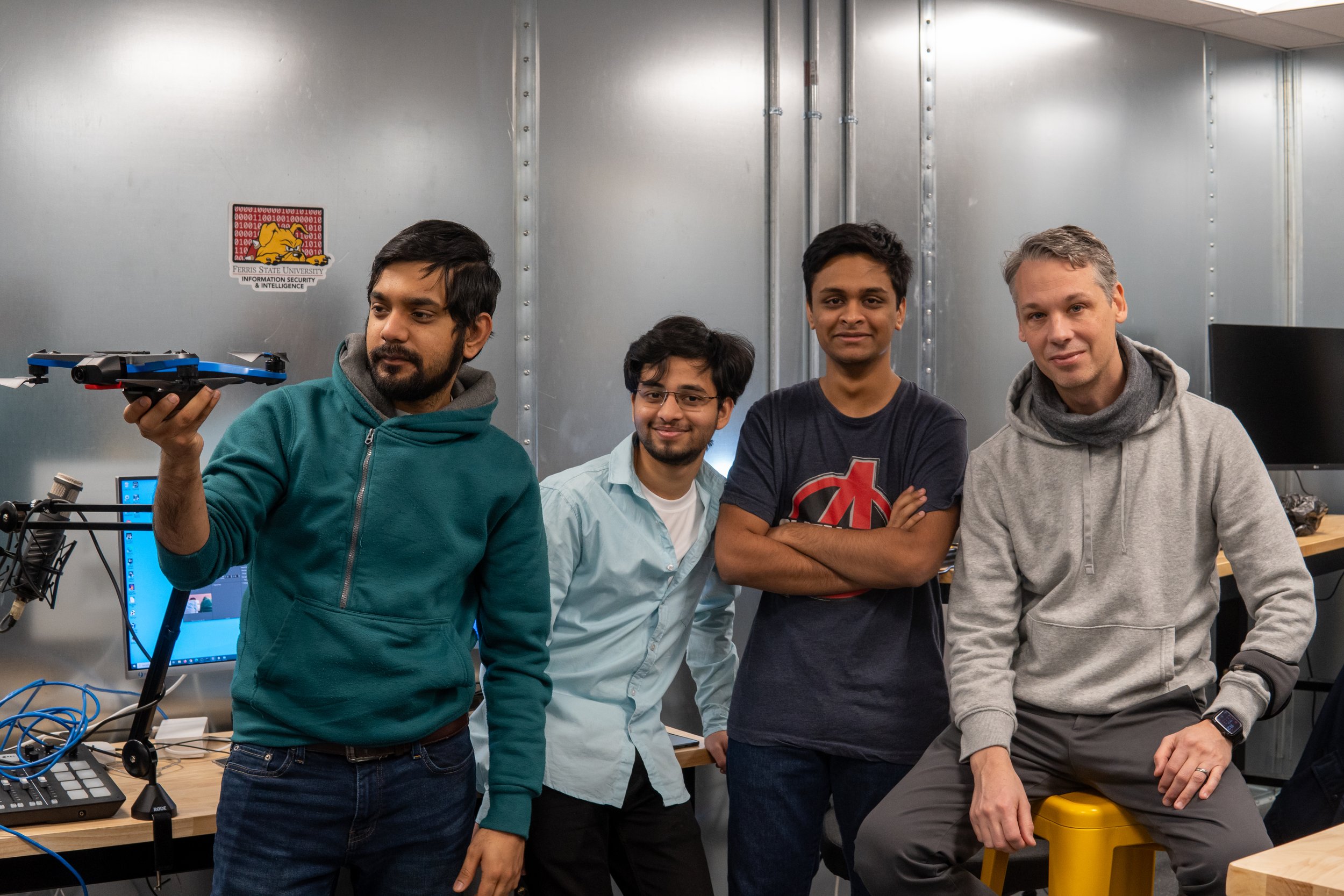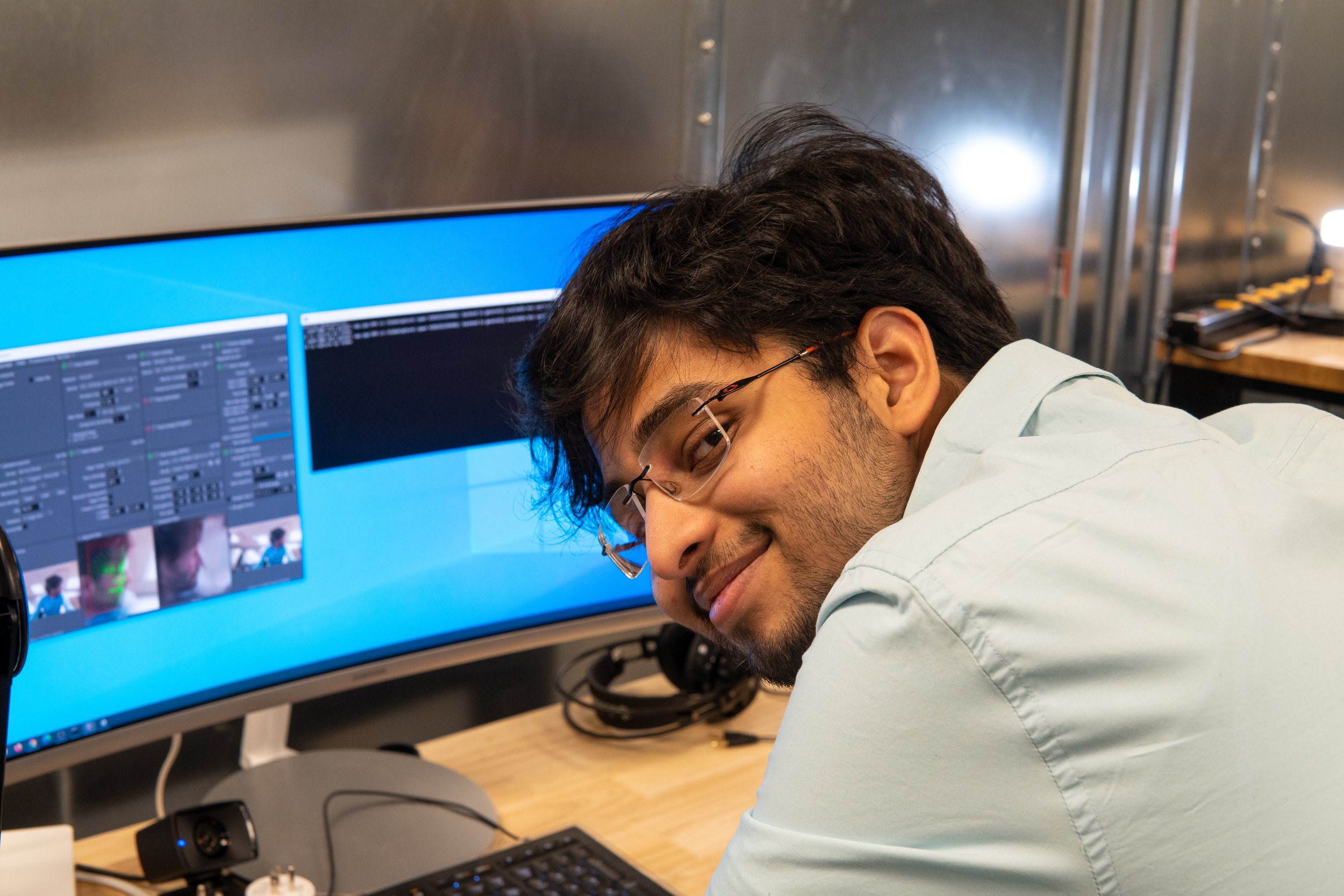
Welcome to the Deep Fake Lab
Spotting a deepfake, which is a video or audio clip created using advanced AI and machine learning techniques, can be challenging due to the technology's increasing sophistication.
However, there are still key indicators that can help identify a deep fake.
Background and Lighting Anomalies
Deepfakes often focus on the subject and may neglect the surrounding environment.
Look for inconsistencies in the background, odd shadows, or lighting that doesn't seem to match the environment or appears to be inconsistent across the scene.
Audio-Visual Mismatches
Pay attention to the synchronization between the audio and the visual elements.
In deepfakes, the voice and lip movements might not be perfectly in sync.
The voice may also sound slightly robotic or lack the natural cadence and emotion you would expect in a genuine video.
Facial Inconsistencies
Look for unusual facial features or movements.
This can include mismatched lip sync, unnatural blinking patterns, or facial expressions that don't seem to align perfectly with the emotion or speech.
Additionally, deepfakes often struggle with accurately rendering hair, resulting in hair that looks too smooth or static.



